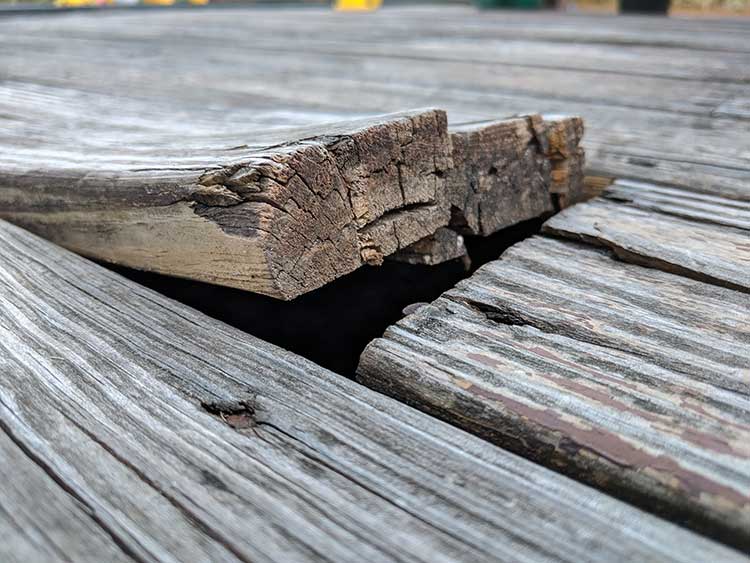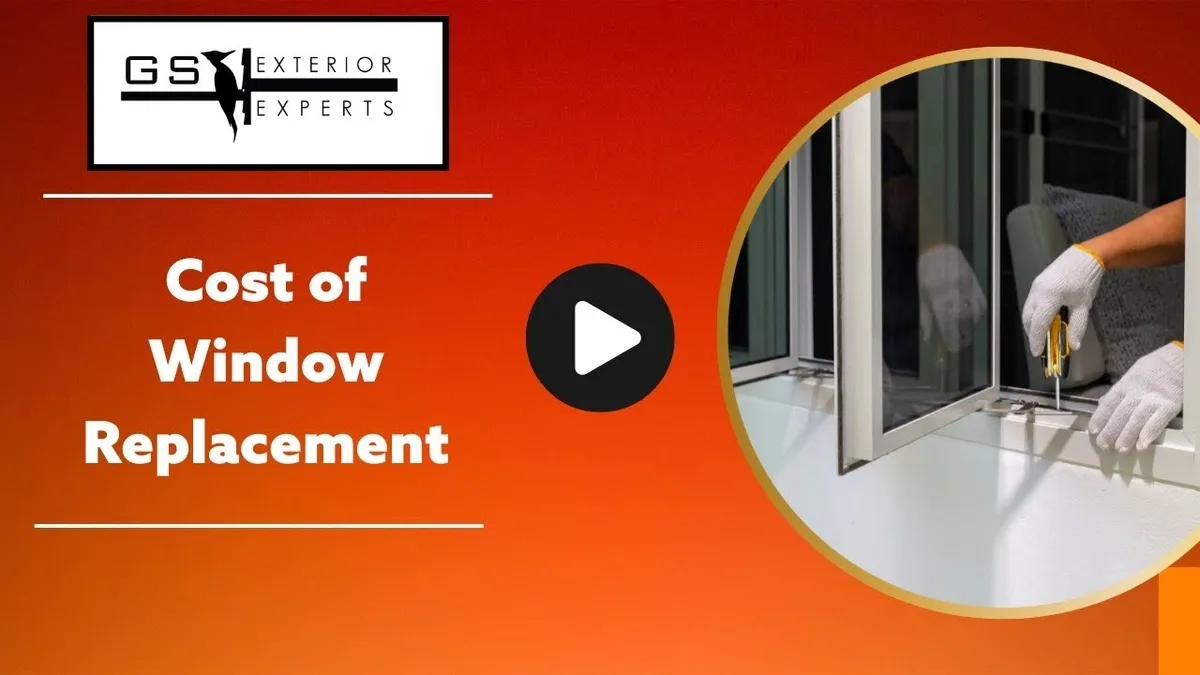Your deck can provide endless moments of outdoor enjoyment. But as time passes, signs of wear and tear may start to emerge. Just like any other structure, it’s crucial to recognize when it’s time to replace your deck to ensure safety.
In this article, we’ll highlight four key signs that indicate when it’s time to replace a deck. We’ll also share valuable tips on maintaining and caring for your deck to extend its lifespan. Get ready to find out when it’s time to say goodbye to your old deck and create a refreshed outdoor sanctuary.
1. Structural Damage
One of the most apparent indicators of structural damage is sagging. This is where the deck appears uneven or slopes in certain areas. Sagging may indicate weakened support beams or improper installation.
Rotting wood is another red flag that demands immediate attention. Over time, exposure to moisture can lead to wood decay, weakening the overall structure of the deck. Inspect the base of your deck posts, ledger boards, and any other areas prone to moisture. If you notice soft or crumbling wood, it’s an indication that the structural integrity has been compromised.
Loose connections are also cause for concern. Check for wobbly railings, loose screws or nails, and unstable stairs. These issues may point to structural problems that could lead to accidents.
These are all telling signs that it’s time to replace a deck.
2. Surface Damage
While surface damage is common and can often be repaired, there are instances where the damage becomes too extensive and irreparable. It’s important to distinguish between everyday wear and tear and major damage that necessitates a deck replacement.
If you spot deep cracks or splintering in your deck boards or railings, then it’s time to take action. This kind of surface damage can compromise the structure’s integrity and create a safety hazard.
When inspecting your deck for surface damage, take into account its material and age. Wood decks typically last 10-20 years while composite or polymer ones can last much longer.
3. Pest Infestations
Pests such as termites, carpenter ants, or wood-boring beetles can cause significant damage to your deck over time.
Inspect your deck regularly for signs of pest infestations. Look for small holes, tunnels, or sawdust-like residue, which are indicators of termite activity. If you start to see more bugs or wood chips piling up it may be time for a replacement.
4. Wood Decay
Wood decay is often characterized by soft, spongy areas on the deck boards or posts. The wood may appear discolored, have a musty odor, or show signs of fungal growth.
If you encounter these signs, it’s essential to address the issue promptly. Wood decay can spread rapidly and compromise the structural integrity of the deck.
When is the Best Time to Replace a Deck?
Colorado’s changing climate can make it difficult to know when it is the best time of year to replace a deck. However, spring and early fall are generally considered optimal due to their moderate temperatures and lower risk of extreme weather events.

Spring and summer are peak seasons for outdoor projects, so make sure to plan ahead and secure a reputable contractor.
Maintaining and Caring for Your Deck
Keeping your deck in tip-top shape doesn’t have to be difficult. With just a few simple steps, you can ensure that it will remain looking its best for years.
Regular Cleaning
Regularly sweeping away debris and giving it a gentle cleaning with detergent can make your deck look as good as new. Avoid using harsh chemicals or pressure washers. They may do more harm than good to your deck materials.
Seal and Stain
Keep your deck protected from the elements and enhance its longevity by choosing a quality sealant or stain. Ensure it’s designed for your specific deck material and follow instructions carefully when applying.
Annual Maintenance
Inspect your deck annually for any signs of wear, damage, or loose connections. Tighten loose screws or nails, and don’t wait to replace any damaged or rotting boards. Taking a proactive approach will save you from costly repairs down the road.
Transform Your Outdoor Space
Replacing your deck offers you more than just improved visuals. It’s also an opportunity to increase functionality and ensure long-term enjoyment of your sanctuary. Make sure you take advantage by getting professional help on creating a new, better version of what was once there.
Learn more about our new deck building and replacement services in the Greater Denver Area.
Let us help you create the perfect area for entertaining, lounging, or simply enjoying nature!




